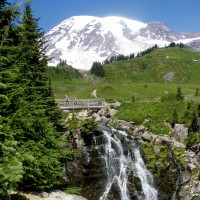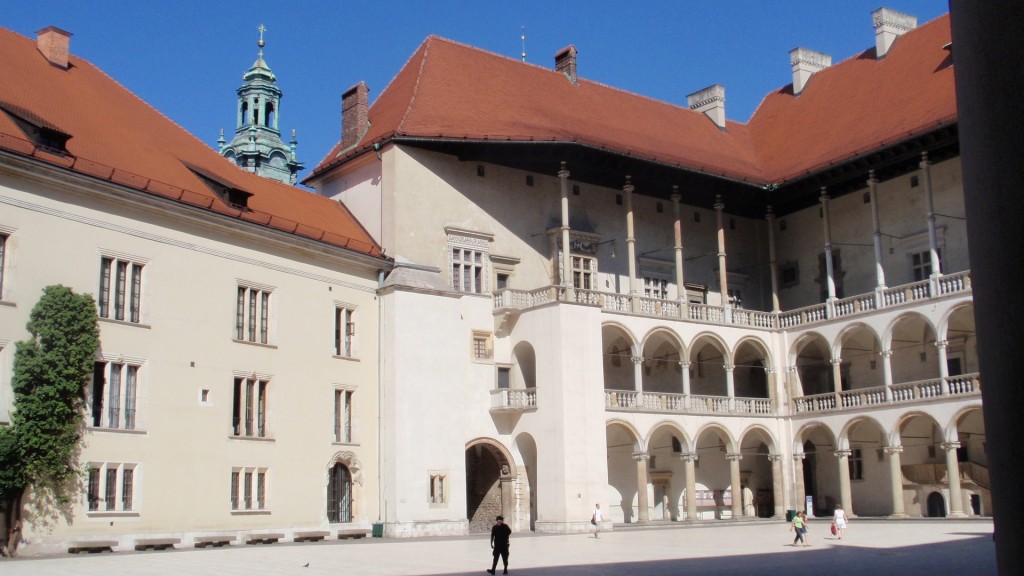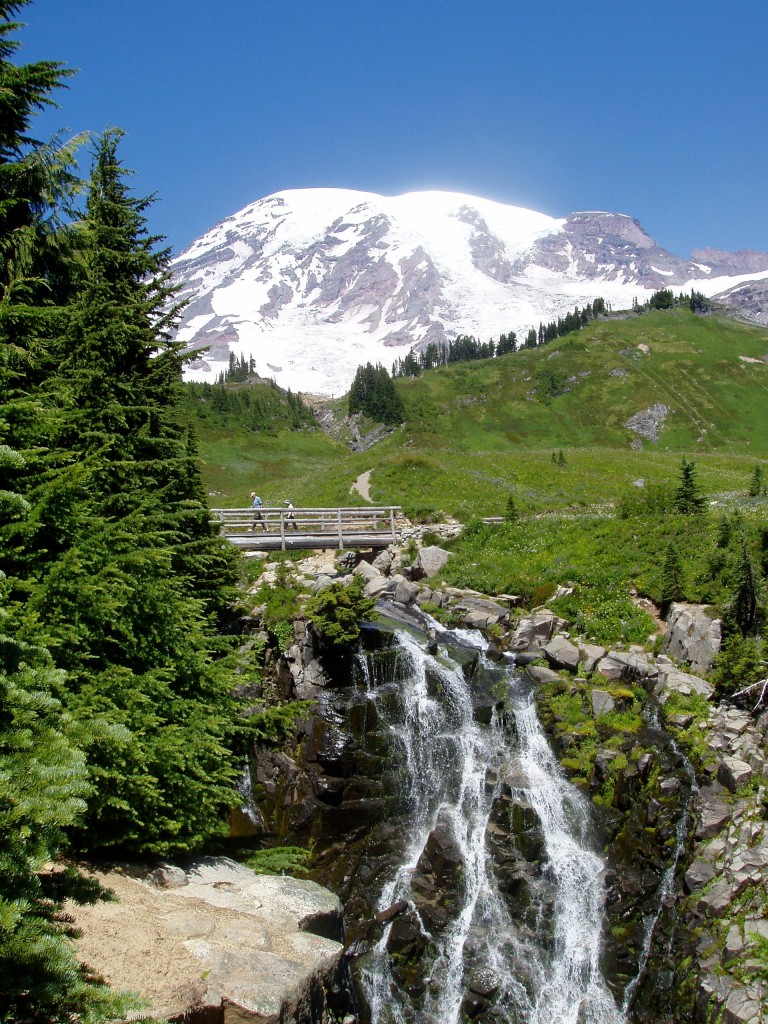The Kinship of Homelands and Places

In the course I teach on genocide, my students and I read an essay by Croatian-American anthropologist Maria B. Olujic, which describes the author’s trip to war-torn Croatia in the early 1990s, preceded by an earlier trip she made there in the 1970s.
It is this earlier trip that provides an image that goes directly to the heart of what I mean here by the phrase “the kinship of homelands and places”. Her description is so perfectly written that I will simply quote it in full rather than risk bleaching out some of the meaning by trying to paraphrase all that is packed into the author’s carefully chosen words.
In the warm glow of the sunset on a scorching summer day, I was picking blackberries by a dusty road adjacent to my father’s house. From a distance, I could see a white car piled high with suitcases on its roof. Moving at a snail’s pace, the car pulled up and stopped next to me. An elderly passenger, clearly a returning emigrant, stepped out of the car, a suit jacket throw over his forearm. Without speaking, he approached and wrenched a foot-long branch from the blackberry bush and began chewing on it, including thorns and unripe berries. I looked at him in bewilderment, thinking that he would choke on the sharp thorns. In a quick sweeping glance, I looked at the other three people in the car. No one said anything.The man slowly walked back to the car and got in. As the car left, all I could see was the cloud of dust particles shimmering in the afternoon sun.
At that moment I understood what it meant to return home. I have asked other Croatians to interpret the meaning of what I had observed. The blackberry symbolized the sweet return, the reuniting, and the thorns conveyed the feeling of suffering, the anguish of a foreign place – of not belonging to one’s own, of being apart. Pushing the metaphor further, the bush may have represented the meager livelihood of this desolate place and what life is about: identity and belonging (Maria B. Olujic, “The Croatian War Experience”, in Under Fire: Contemporary Studies of Violence and Survival. (Berkeley: University of California Press. 1995: 188).
In the time since the quote above was published, much has been written about identity and identity politics, most interestingly, I believe, from the perspective of those anthropologists and other commenters on social life today who are grappling with the need to talk about identity groups that are not necessarily constituted by biological descent. (Think here not only of international adoptions and various new reproductive technologies that do not prioritize “faithful physical transmission” of DNA, but also of cultural transmission between older and younger members of the gay community or other groups whose membership does not begin with its members’ physical birth.)
In my own research concerning disability studies, for instance, some of the most creative and thought provoking ideas about identity issues are coming from theorists who speculate that identity politics may in fact be reaching a dead end. As they see it, “the emphasis on an exclusivity surrounding a specific so-called identity” (the words here are those of Deaf scholar Lennard Davis), is problematic.
For example, well-intentioned attempts – in the form of Heritage Protection laws aimed at preserving the “authenticity” of something called “Native art” – increasingly run aground in the real world, where boundaries between “Natives” and “non-Natives”, and “indigenous art” and “non-indigenous art” are porous and permeable. In other words, watertight certainty about who “belongs” to “our group” and who does not is impossible in many ethnic contexts today. Is the Mohawk-speaking son of a Mohawk man, raised on a Mohawk reservation, “really” Mohawk (in a group that legitimizes belonging exclusively through matrilineality)? How ”black” do you have to be to be considered “Black”? Considered by whom?
Norwegian anthropologist Fredrik Barth once provided a definition of “ethnic boundary maintenance” that satisfied me, when I wrote my dissertation more than thirty years ago: “the continuing dichotomization between one’s own group and others” – recognized both subjectively, by oneself and one’s own fellow group members, as well as objectively, by “outsiders”. But today, even this process-centered focus on dynamic “continuation” of the “us”/”not us” distinction sounds too simple. We all – aborigines as well as transplants – slip-slide constantly between and among multiple identities, often multiple times per day. It seems that disability scholar Davis is correct in preferring a brand-new term -“dismodernism” rather than “postmodernism” – to talk about these new, protean neoidentities.
And yet, most of us long to belong, to be rooted somewhere, even if only temporarily.
Speaking only of my own experience in this respect, I have two brief stories to tell to illustrate this balancing act – between savoring rootedness and relishing freedom of movement and affiliation – which I, and I suspect others too, engage in throughout most of our lives.
The first concerns a set of stories and beliefs concerning “the Wawel Chakra” – a New Age-sounding (though considerably older) appropriation of some ancient Hindu ideas about seven sacred “stones” (actually, not really physical stones but rather metaphysical centers of very powerful and positive energy force-fields) believed to have been scattered across the earth in cosmological pre-history by the Hindu deity Shiva and now identified with seven actual places: Delhi, Delphi, Jerusalem, Rome, Mecca, Kraków, and Velehrad (Czech Republic). When my son and I, while waiting for our appointed-hour guided tour of the royal apartments, were wandering around the Wawel Castle grounds in Kraków in the summer of 2011, I happened to take a picture of the courtyard (not, at the time, knowing anything about the chakra except for having seen a brief mention of it in a tourist brochure about Kraków being a destination for Hindu tourists because of this supposed phenomenon).

Wawel courtyard. The location of the chakra stone is believed to be below the floor behind the wall in back of intersection of the two colonnaded arcades on the ground floor.
Imagine my surprise when, once home from Poland, I compared my picture of the courtyard (taken with no particular point of view in mind other than a pleasing composition), with pictures and YouTube videos of “the chakra site”. Unknowingly, I had aimed my camera right at the supposed chakra point!
While I would absolutely love to be able to recount a mysterious tale of being somehow “led” by mysterious forces to aim my camera lens in that specific direction, I honestly can do no such thing. And yet the question remains: why would such a connection between me and this particular place on earth even matter? Could it have anything at all in common with the story I quoted at the beginning of this piece – about the returning Croatian emigrant grabbing and eating the thorny, fruiting branch of the locally rooted blackberry bush?
Before attempting to respond to that question, let me share the second story I have to tell about the kinship of places – this one, not a place or homeland with which I have any personal ancestral connections. The summer after my father died, in 1998, my husband, two sons and I took a weekend getaway trip to a place in Washington state which had always attracted me, but which was frankly not easy to get to: the Makah reservation on Neah Bay, where the contiguous United States touches the Pacific Ocean and the Straits of Juan de Fuca at its most northwestern point, Cape Flattery.

Cape Flattery
It had been a difficult spring, even though I knew my father’s death from Parkinson’s was a blessing, and the trip had been suggested by my husband, once the semester’s work was over, so that we could recoup a bit of family joy and relaxation. Sure enough, the walk from the parking lot to the very tip of the continent was deeply renewing, as it took us on cedar-planked paths through the rain forest, leading us out to rocky cliffs overlooking Tatoosh Island and the smashing waves of the Pacific breaking on rocks in a cove down below our vantage point.
That night, I dreamed of my father, and in the dream he spoke words to me that gave me a deep sense of comfort.
Years later, in the course of a conversation with a former student of mine who is Native (though from a more inland Coast Salish tribe than the Makah), I told her about my trip to Neah Bay and my dream about my father. Hearing me talk about the exceptional clarity of my dream and the peace that resulted from it the night following my silent, pensive walk through the trees to Cape Flattery with my two sons, she was not surprised. I had walked through a deep green, cedar-smelling rain forest to view the crashing ocean waves the end of the continent – traversing a “place of power,” as she put it.
Yes, the Pacific Northwest has become my home, with its spectacular scenery, often misty skies, pearly light, closeness to salt water, green, green conifers, and, in the distance, snow-covered mountains. My children were both born here. My parents uprooted themselves from a dense social network of family and friends and moved across the continent to live the last decade of their lives here with us, and they died and are buried here. Transplant that I may be, this land is my home.

Myrtle Falls, Mount Rainier
Native people, unlike Judeo-Christian-Islamic believers, are less concerned with lineal “creation” stories (“first there was nothing, and then, and then, and then…”) and more concerned with nourishing their deep, timeless, autochthonous connection to the particular geographic and meta-geographic features of their land. I believe I lightly brushed up against an intimation of that belief system at Neah Bay.
As for Hinduism, the religion that has given rise to the story of the Wawel charka stone, thus making it available to the world, this is an endogamous rather than missionizing religion. Converts are not particularly sought. You either are, or are not Hindu because of the circumstances of your birth. Still, compared to Native spiritual belief systems, Hinduism is more universally “open” to joiners from other lands than are aboriginal religious traditions (which I once heard described as “not for export”).
The returning Croatian emigrant was recognizing this “non-exportable” quality of his homeland when he wrenched the blackberry branch out of the ground and tried to eat it whole. I, on the other hand, moving between my adopted home in the Pacific Northwest and my ancestors’ homeland in Poland, could only marvel that I had somehow coincidentally managed to point my camera lens in the direction of something that “was supposed to be” – according to some other religious tradition – a wellspring of spiritual energy.
As for the Polishness of the place and my kinship with it, yes, I did feel it throughout each of my three visits to Poland. However, the time-depth of the linkages I could perceive – compared to the out-of-time kinship Native people apprehend between themselves and their homelands – was much more shallow. I was deeply moved, for example, when, on August 1 (the anniversary of the beginning of the Warsaw Uprising in 1944), elderly people wearing AK armbands (Armia Krajowa – the Polish Home Army that resisted the Nazis during their six-year occupation of Poland) ceremonially walked up the main aisle at the beginning of a commemorative Mass in the basilica on the main market square in Kraków. But the young woman who later served us coffee in a kawarnia barely knew what the day’s anniversary signified.
To reach back further in time, it seems, I need the help of young artists. Young Polish musicians, perhaps motivated by a similar sense of longing for kinship with the past, are today creating a type of neo-folk music, sometimes called “rootz” music, based on old folk traditions, but definitely integrating new and borrowed musical techniques, performing these at music festivals throughout the world.
Could this be one way that our protean neoidentities, borne out of dismodernity, might find a new balance? Could we, through participation in forms of hybrid, fusion types of art forms such as rootz music, thus learn new ways of savoring rootedness while relishing freedom of movement and affiliation?
